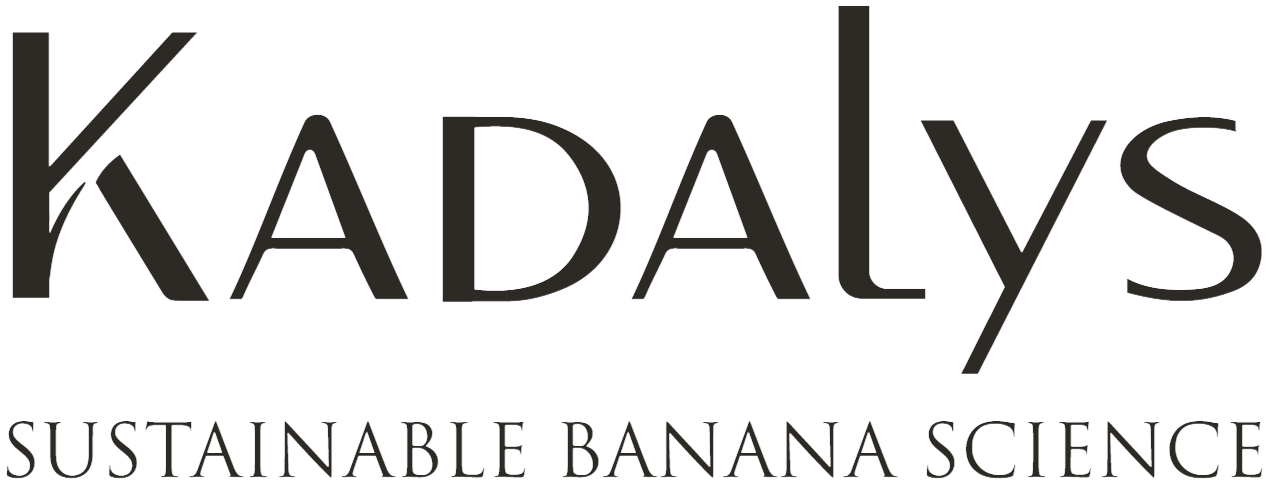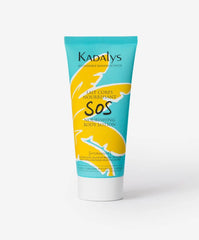
Natural VS artificial tan: how to choose safely?
Tanning has long been associated with sun-kissed, glowing skin, evoking beach vacations and relaxing times. However, with growing concerns about the risks of excessive sun and UV exposure, many people are looking for safer alternatives to achieving a tan. In this article, we'll explore the difference between natural tanning and artificial tanning and give you an overview of the benefits and precautions for each.
SUMMARY
- Advantages and disadvantages of natural tanning
- Advantages and disadvantages of artificial tanning
- What to choose between natural tan and artificial tan?
Advantages and disadvantages of natural tanning
Natural tanning refers to the exposure of the skin to the sun's rays. When your skin is exposed to ultraviolet (UV) rays , it responds by producing melanin , a pigment that gives color to the skin. This production of melanin allows your skin to take on a darker shade, creating a natural tan.
Exposure to the sun for short periods, at appropriate times and with adequate sun protection , can help achieve a natural tan without excessive health risks. One of the benefits of natural tanning is that it can have positive effects on physical appearance: a natural tan can give the appearance of healthier, more radiant skin . Additionally, natural tanning tends to give a more natural and even appearance, avoiding the risk of an uneven tan or an artificial orange tint. Furthermore, the sun can also help improve mood, by stimulating the production of serotonin , the happiness hormone. Finally, exposure to sunlight is essential for the synthesis of vitamin D in our body, which plays a crucial role in bone and immune health.
However, the disadvantages of natural tanning should not be overlooked. First of all, you should know that a beautiful tan takes time. It takes several hours of sun exposure over several days to get a noticeable tan. Even then, it's difficult to get an even tan, especially if you tend to tan unevenly or get sunburned . Excessive exposure to the sun and UV rays can lead to premature aging of the skin, with the appearance of wrinkles and age spots . In addition, the risk of skin cancer, particularly melanoma, is significantly increased in people who expose themselves for too long or in an unprotected manner. This is why it is imperative to protect yourself by using sunscreen with an appropriate sun protection factor (SPF) , avoiding peak hours when the sun is strongest and seeking shade when possible.
Advantages and disadvantages of artificial tanning
Artificial tanning, on the other hand, is achieved using unnatural methods such as tanning beds, tanning booths or self-tanning products . Tanning beds and tanning booths use special lamps that emit artificial UV rays to stimulate the production of melanin in your skin, creating an artificial tan. Self-tanning products, on the other hand, contain a substance called dihydroxyacetone (DHA) that reacts chemically with dead cells in the top layer of skin, resulting in a tanned appearance without direct exposure to UV rays.
One of the advantages of this method is the control of the tanning process. Indeed, tanning booths allow you to adjust the duration and intensity of exposure to artificial UV rays which stimulate the production of melanin in the skin. This allows you to control the amount of tan and achieve a specific shade. Tanning in the cabin offers the appeal of a quick and even tan , without having to depend on the weather. It is especially appealing to those who live in less sunny climates or who have little time to bask in the sun. Additionally, an in-room tanning session can take as little as 10 to 20 minutes, much less time than required to achieve a tan comparable to natural sunlight.
Self-tanning creams , on the other hand, contain chemical ingredients that react with the top layer of skin to give it a temporary tan color. Self-tanning products offer more precise control over the intensity of the tan and help prevent sunburn .
The main advantage of artificial tanning is therefore that it allows you to get a quick tan without having to expose yourself to the sun, which reduces the risks associated with UV exposure. This technique can therefore be particularly beneficial for people with particular sensitivity to UV rays.
However, it is important to take into account the risks that this practice can cause. Tanning booths emit concentrated UV rays that can be up to three times more powerful than natural sunlight . Frequent and prolonged use of tanning beds is associated with an increased risk of skin cancer, as well as premature aging (wrinkles, pigmentation spots, etc.). Note that tanning beds primarily emit UVA rays , which penetrate deeper into the skin and are associated with an increased risk of skin cancer. Additionally, there is the risk of an uneven tan or an unflattering artificial orange tint. Finally, regular sessions are necessary to maintain an even tan : a significant cost must therefore be taken into account.
What to choose between natural tan and artificial tan?
So, what to choose between natural tanning and artificial tanning? This is a personal decision that depends on where you live and your tolerance to the sun . Artificial tanning may be a good choice if you live in a place where sun is scarce, or if you want a quick, even tan. It's also an option to consider if you're preparing your skin for a tropical vacation and want to avoid sunburn . On the contrary, if you like spending time outdoors, a natural tan might be your best choice. It's also a great option if you want to reap the benefits of the sun, like vitamin D production and mood improvement.
However, it is essential to consider the health risks associated with each method. Sun protection and preventing skin damage should always be at the forefront of our minds when it comes to tanning.













